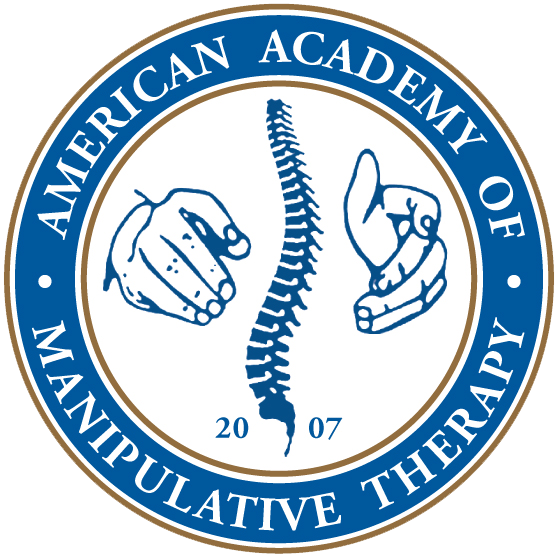Dry Needling and Acupoints: Physical Therapists and Medical Physicians Should be Familiar with Acupoint Nomenclature and Locations
The academic illustration of acupoints, Ahshi points and/or trigger points associated with the management of neuromusculoskeletal conditions is necessary to facilitate a working understanding [...]




